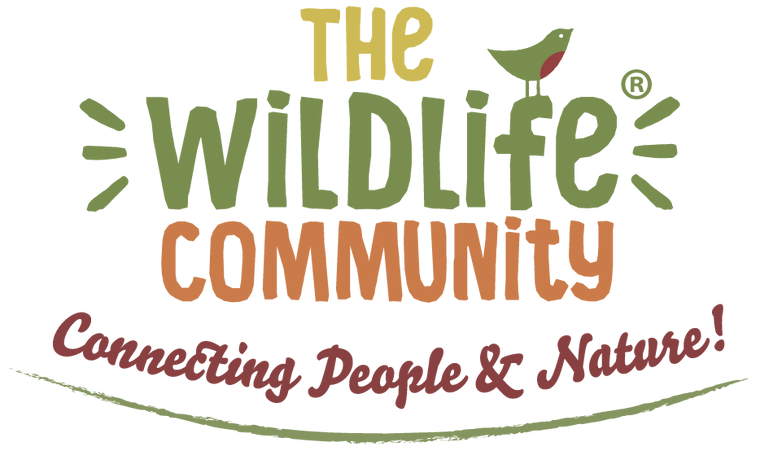
Ep.6 Wildlife Gardening
In episode 6 of The Wildlife Community Podcast, we visit Brigit Strawbridge Howard. Famed wildlife gardener and bee expert, who takes Helen on a tour of her new garden in Cornwall. Brigit's book, Dancing with Bees, is available to buy on her website. You can also follow Brigit on Twitter here.
As mentioned in the podcast, here are some of the photographs of the wildlife we noticed:


The wonderful toad hiding under the corrugated iron and the frog in the pond.


Can you spot the slow worm? And the Shield Bug!


The dead tree stump providing nesting space and the sunflowers and three sisters planting.
Here are Brigit's top tips for wildlife gardening:
Water
Brigit says the number one element you can easily bring into your garden to make it wildlife friendly is a pond, or water source. It doesn't have to be a big, lined pond either, any small source of water is helpful to all wildlife:
“Where there’s a will, there’s a way. I have put down old ice cream tubs if I have had next to no space – I've sunk an old ice cream tub into the ground. As long as you have a rock or large stone inside so that creatures can climb in and out so that nothing falls in and drowns then that is your water source.”
She also advises always using native pond plants and introducing a small dragonfly perch for male dragonflies.
Wildlife Corridors
Because many of us have large, manicured lawns nowadays, it can be difficult for wildlife to travel into your garden and then around it. You can help by providing wildlife corridors, like patches of wildflowers for bees to travel along, or corridors of undergrowth for toads and small mammals to travel to water sources. Nothing wants to have to cross open ground, because it can be predated upon.
Planting for year-round provision
"I have focused almost entirely on planting for bees but it’s not a case of one plant fits all bees. I would like to invite more hoverflies in now, and then you think what about the birds. And rather than just relying on bird food we’ve planted a rowan tree so that we have berries for the birds. So some of our plants will multitask as berries for the birds, flowers for insects and then seed heads."
Some of the plants Brigit recommends include sedum for carder bees, leaving ivy uncut to blossom for ivy bees and honeysuckle is great for long tongued bees.
Corrugated Iron
This was Brigit's biggest surprise tip. She has three pieces of corrugated iron in different places around the garden: "If you plonk it down when you first arrive – find an area that is south facing, warm and sunny. Then we cut back the vegetation behind it or around it, and what it does is it provides a refuge and a place for slow worms, amphibians and reptiles to warm up. Because all of these cold-blooded creatures can’t even move let alone hunt and forage if they are not warm enough to move.”
Leave it alone!
We're all guilty of this. We pop a hedgehog house down, so we want to find out whether something is using it! Or we continually look under the log pile, compost heap or underneath the corrugated iron! "If you are inviting wildlife into your garden, there’s no point then disturbing it every five minutes!"
Dancing with Bees
Dancing with Bees is Strawbridge Howard’s charming and eloquent account of a return to noticing, to rediscovering a perspective on the world that had somehow been lost to her for decades and to reconnecting with the natural world. With special care and attention to the plight of pollinators, including honeybees, bumblebees, and solitary bees, and what we can do to help them, Strawbridge Howard shares fascinating details of the lives of flora and fauna that have filled her days with ever-increasing wonder and delight.


